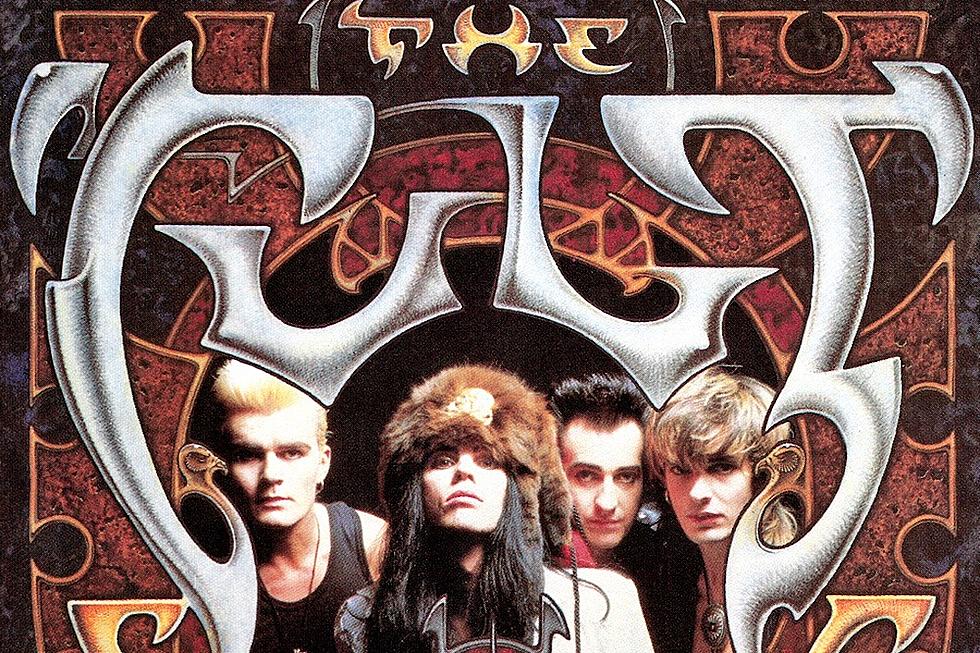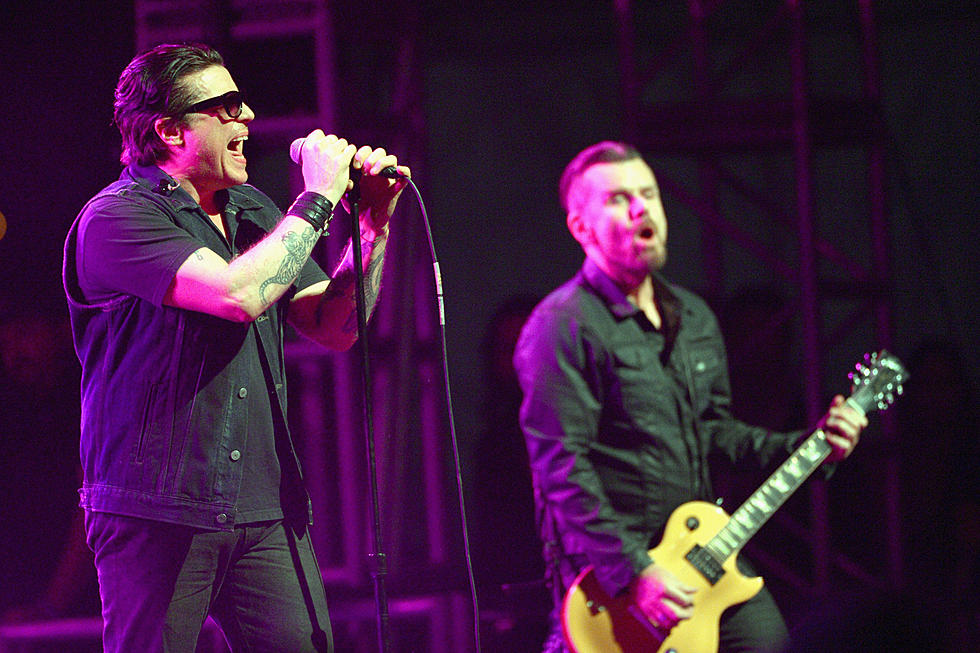
How the Cult Reinvented Themselves on ‘Electric’
By 1987, two years after the neo-psychedelic triumph of 1985's Love, fans and critics thought they knew the Cult. But the English quartet would stump one and all when it drastically reinvented its sound and, for lack of a better summation, went Electric.
Not that this was their original intention, but a byproduct of their dissatisfaction with Love's first would-be successor, an album that they'd provisionally titled Peace. Recordings for that album resulted in 12 tracks cut with Love producer Steve Brown at Manor Studios in Oxfordshire, later known, fittingly enough, as the "Manor Sessions" and belatedly released in 2013 as the Electric-Peace album. But way back in 1986, these efforts only convinced the Cult's core trio of singer Ian Astbury, guitarist Billy Duffy and bassist Jamie Stewart to look for a new producer.
Their eventual selection was a still relatively unknown New Yorker by the name of Rick Rubin, whom Astbury and Duffy eventually tracked down to his dorm room at New York University. According to the singer, in a 2013 interview with Rolling Stone, "When we first met, I was a 23-year-old crazy kid. The next thing I knew, [Rick is] showing me a VHS tape of Blue Cheer doing "Summertime Blues," going, 'Do you want to play pussy English music –- or do you want to rock?'"
In the same interview, Astbury elaborated that "We'd already been through the post-punk [and] postmodern scene since 1981, so it was time to transition. We were going back and discovering all the music we weren't supposed to be listening to –- everything pre-1976, early Led Zeppelin records, the Doors and Blue Cheer."
And quite a bit of AC/DC, based on the ample evidence of Spartan power chords that blue-collar rockers like "Wild Flower," "Peace Dog" and "Outlaw" were built on. Duffy confirmed as much in a 2016 video interview with Guitar World, saying Rubin quizzed them about early Zeppelin, Aerosmith and AC/DC, before instructing him, "All that stuff, that Gretsch [guitar] and all that echo, get rid of all that. That's a Marshall, that's a Les Paul, off you go!"
Watch the Cult's 'Love Removal Machine' Video
Speaking further to Duffy's stripped-down guitar sound on these recordings, Rubin told Rolling Stone, "I felt Billy relied on effects too much. This new sound needed to be more raw and in-your-face." And, boy, was it ever – especially on the singles "Love Removal Machine" and "Lil' Devil," whose music videos gave fans their first glimpse of this new, shockingly hairy, denim-and-leather-clad iteration of the Cult. Only Asbury's flower-child lyrics made a connection to the Love era, forcing longtime fans to either join the band's proverbial biker gang or get out of its way.
Before too long, new fans had made hits out of those singles and bought millions of copies of Electric worldwide, and especially in the U.S., where the Cult began the most successful period in their career. That success was then cemented a couple of years later with the rather more densely produced Sonic Temple, before the band and the heavy-rock scene in general fell out of fashion once grunge hit.
All of these decades later, knowing how Duffy and Astbury have continually faced challenges and new victories in the intervening years, it's difficult to decide which Cult was the real Cult during those shape-shifting '80s. But it doesn't really matter. What does matter is recognizing how the Cult proved so capable of wearing different musical hats with greater success than most any other bands.
Top 30 Glam Metal Albums
More From










